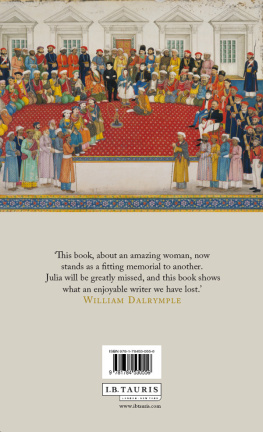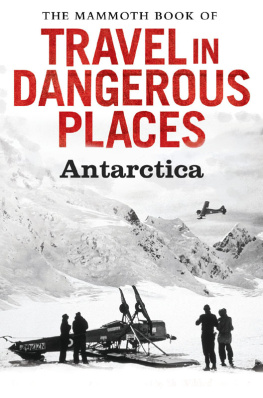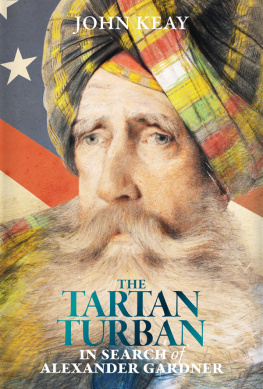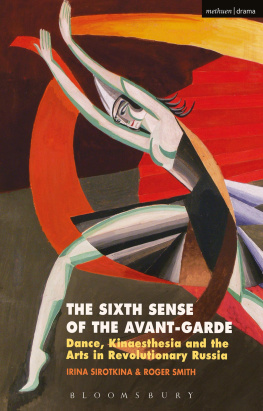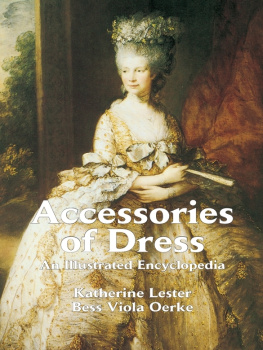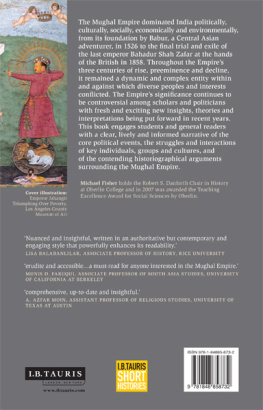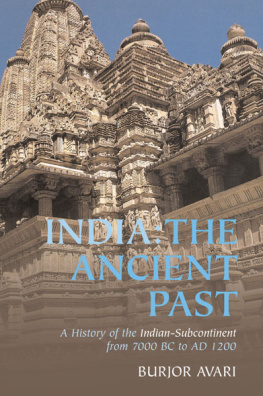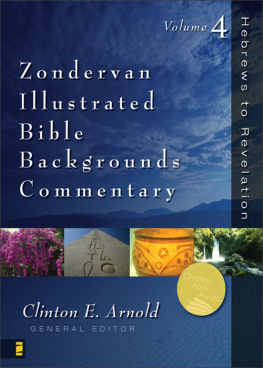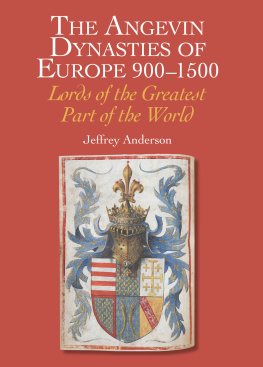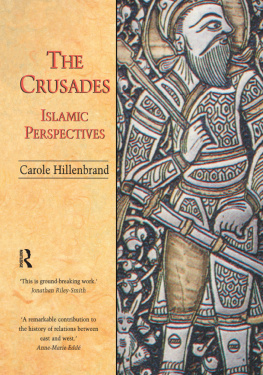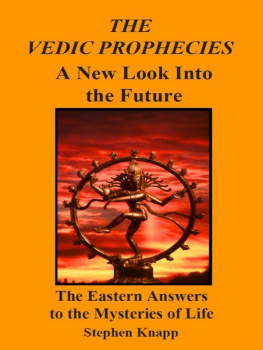INDIA A HISTORY
By the same author
Into India
When Men and Mountains Meet
The Gilgit Game
Eccentric Travellers
Explorers Extraordinary
Highland Drove
The Royal Geographical Societys History of World Exploration
India Discovered
The Honourable Company
The Collins Encyclopaedia of Scotland (with Julia Keay)
Indonesia: From Sabang to Merauke
Last Post: The End of Empire in the Far East
The Great Arc
Sowing the Wind: The Seeds of Conflict in the Middle East
Mad about the Mekong: Exploration and Empire in South East Asia
The Spice Route: A History
The London Encyclopaedia (3rd Edn) (with Julia Keay)
China: A History
INDIA
A HISTORY: From the Earliest Civilisations to the Boom of the Twenty-First Century
JOHN KEAY

For Tara
Copyright 2000, 2010 by John Keay
All rights reserved. No part of this book may be reproduced in any form or by any electronic or mechanical means, including information storage and retrieval systems, without permission in writing from the publisher, except by a reviewer, who may quote brief passages in a review. Scanning, uploading, and electronic distribution of this book or the facilitation of such without the permission of the publisher is prohibited. Please purchase only authorized electronic editions, and do not participate in or encourage electronic piracy of copyrighted materials. Your support of the authors rights is appreciated. Any member of educational institutions wishing to photocopy part or all of the work for classroom use, or anthology, should send inquiries to Grove/Atlantic, Inc., 841 Broadway, New York, NY 10003 or permissions@groveatlantic.com.
Originally published in Great Britain in 2000 by
HarperCollins Publishers
Maps and tables by Jillian Luff
Printed in the United States of America
eBook ISBN: 978-0-8021-9550-0
Grove Press
an imprint of Grove/Atlantic, Inc.
841 Broadway
New York, NY 10003
Distributed by Publishers Group West
www.groveatlantic.com
CONTENTS
ILLUSTRATIONS
Bronze dancing girl from Mohenjo-daro in Sind province, Pakistan, c.2000 BC. ( Clive Friend)
Mohenjo-daro, the Mound of the Dead. ( Clive Friend)
Sunrise at Dashashwamedh Ghat on the Ganga (Ganges) at Varanasi (Benares). ( Clive Friend)
A scene from the Ramayana by an early-nineteenth-century artist. (Courtesy of The Bridgeman Art Library)
The Ashoka column atop Feroz Shah Khaljis fort in Delhi, inscribed in the third century BC. ( Clive Friend)
The Lion capital from Sarnath (near Varanasi). ( Clive Friend)
The rock at Shahbazgarhi (Panjab province, Pakistan) bearing Ashokas Edicts. ( Clive Friend)
Bactrian coins of a Bactrian Greek king of the second century BC, and of Kanishka, the great Kushan king of uncertain date. ( Clive Friend)
Relief panel from one of the gateways to the Great Stupa at Sanchi, first century BC. ( Clive Friend)
Bracket carved as a yakshi on one of the Sanchi gateways. ( Clive Friend)
Seated Buddha of the Gandhara school, second century AD. ( Clive Friend)
Seated Buddha from Sarnath, fifth century AD. ( Clive Friend)
Fresco of a Bodhisattva in Cave 1 at Ajanta, Maharashtra, fifth century AD. ( Clive Friend)
The eighth-century Shore Temple at Ellora in Mamallapuram near Madras. ( Clive Friend)
The late-eighth-century Kailasa temple in Maharashtra, cut from solid rock for the Rashtrakuta king Krishna I. ( Clive Friend)
Man Singh palace in Gwalior fort, Madhya Pradesh, 14861516. ( Clive Friend)
Qutb Minar, Delhi. ( Clive Friend)
Lingaraja temple, Bhuvaneshwar, Orissa, c.1100. ( Clive Friend)
Interior dome of Adinatha (Vimal Vasahi) temple, Mount Abu, Rajasthan, eleventhtwelfth century. ( Clive Friend)
Tughluqabad Fort, Delhi, 13215. ( Clive Friend)
Daulatabad (Devagiri, Deogir) Fort, Maharashtra. ( Robert Harding Picture Library)
Hoysaleshwara temple at Dorasamudra (Halebid), Karnataka, mid-twelfth century. ( Clive Friend)
Babur and his son Humayun, sixteenth-century miniature. (Courtesy of The Bridgeman Art Library)
Akbar hunting tigers, from the Akbar-nama, c.1590. (Courtesy of The Bridgeman Art Library)
Akbar giving an audience, from the Akbar-nama. (Courtesy of Victoria & Albert Museum/The Bridgeman Art Library)
Rejoicing over the birth of Salim (Jahangir) at Fatehpur Sikri, from the Akbar-nama. (Courtesy of Victoria & Albert Museum/The Bridgeman Art Library)
Taj Mahal, Agra, from across the Jamuna river, 163052. ( Clive Friend)
Equestrian portrait of Shah Jahan, seventeenth century. (Courtesy of Victoria & Albert Museum/The Bridgeman Art Library)
Ali Adil Shah II of Bijapur, Deccani miniature of c.1660. (Courtesy of The Barber Institute of Fine Arts, University of Birmingham/The Bridgeman Art Library)
St Marys Anglican church, Fort St George, Madras, 1679. ( M. Amirtham/DPA/Images of India)
Sir Henry Havelock relieving the British besieged in Lucknow in 1857, from an illustration by Howard Davie of c.1910. (Courtesy of Mary Evans Picture Library)
The Golden Temple (Hari Mandir) at Amritsar, eighteenth century and later. ( Ilay Cooper/DPA/Images of India)
Statue of the Jain saint Gomateshwara, Sravana Belgola, Karnataka. (Courtesy of Archaeological Survey of India)
Relief medallion from the Bharhut stupa, originally in Madhya Pradesh. (Courtesy of Archaeological Survey of India)
The Great Stupa (no. 1) of Sanchi, near Vidisha in Madhya Pradesh, first century BC. (Courtesy of Archaeological Survey of India)
Relief panel from the Amaravati stupa, originally in Andhra Pradesh, secondthird century AD. ( The British Museum)
Relief panel from the Amaravati stupa. (Courtesy of Archaeological Survey of India)
Relief panel from the Amaravati stupa. (Courtesy of Archaeological Survey of India)
Exterior of cave temple (no. 2), Badami, Karnataka, late sixth century AD. (A. White Robert Harding Picture Library)
The Jyotirlinga group of temples, Aihole, Karnataka. (Courtesy of Archaeological Survey of India)
The Rajarajeshwara temple at Tanjore, Tamil Nadu, early eleventh century. (Courtesy of Archaeological Survey of India)
Sculptural panel from the Chenna Kesava temple, Belur, Karnataka, twelfth century. ( Clive Friend)
Jahaz Mahal (Ship Palace), Mandu, Madhya Pradesh, late fifteenth century. (Courtesy of Archaeological Survey of India)
Jaya Stambha (Victory Tower) at Chitor(garh), Rajasthan, 145768. (Courtesy of Archaeological Survey of India)
The tomb of Humayun in Delhi, completed 1565. (Courtesy of Archaeological Survey of India)
The tomb of Itimad-ud-Daula in Agra, completed 1628. (Courtesy of Archaeological Survey of India)
Gol Gumbaz (Great Tomb) of Muhammad Adil Shah II in Bijapur, Karnataka, c.1659. (Courtesy of Archaeological Survey of India)
The City Palace, Udaipur, Rajasthan, from 1567. (Courtesy of Archaeological Survey of India)
Robert, Baron Clive of Plassey, engraving after a portrait by J. Drummond. (Courtesy of Mary Evans Picture Library)
Next page

